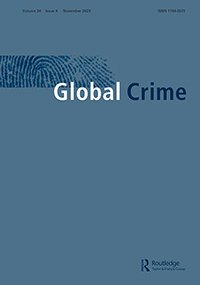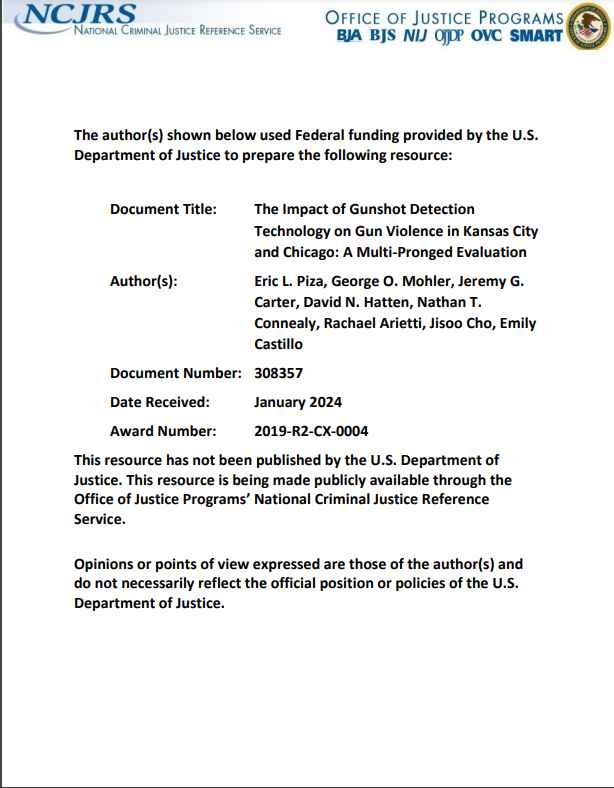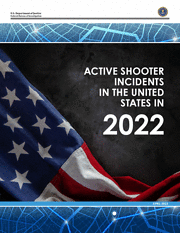By Ilana Krill & Bennett Clifford
In the United States, critical infrastructure, or “assets, systems, and networks, whether physical or virtual, [that] are considered so vital to the United States that their incapacitation or destruction would have a debilitating effect on security, national economic security, national public health or safety, or any combination thereof,” are prime targets in violent extremist attack plots.1 While a variety of violent extremist movements have attempted to assault American critical infrastructure throughout modern history, the Department of Homeland Security and other national security authorities have recently sounded the alarm that U.S.-based violent extremists have developed “credible, specific plans” to attack critical infrastructure.2 To understand the current dimensions of this threat, this paper reviews 94 cases of individuals charged in the U.S. federal court system from 2016 to 2022 with planning to conduct violent extremist attacks, 35 of whom attempted to attack critical infrastructure systems. 19 of these cases are associated with the Salafi-jihadist movement; 16 are associated with white supremacist groups. Evaluating these cases, the report finds: ● Salafi-jihadist attack planners were significantly more likely to consider critical infrastructure systems as targets for attack than their white supremacist counterparts. ● Salafi-jihadist and white supremacist attack planners attempted to target different critical infrastructure sectors, with the former focusing on the commercial facilities, government facilities, and emergency services sectors, and the latter predominantly focusing on the energy sector. ● Since 2019, white supremacist attacks plots against critical infrastructure systems have distinctly increased. ● Between 2016 and 2022, white supremacist plots targeting energy systems dramatically increased in frequency. 13 individuals associated with the movement were arrested and charged in federal court with planning attacks on the energy sector; 11 of these attack planners were charged after 2020. ● The rise of accelerationist ideology and doctrine during the past decade likely fueled the increased risk of attack plots within white supremacist milieus targeting critical infrastructure, and the energy sector in particular.
Washington, DC: George Washington University, Program on Extremism, 2022. 32p.




























